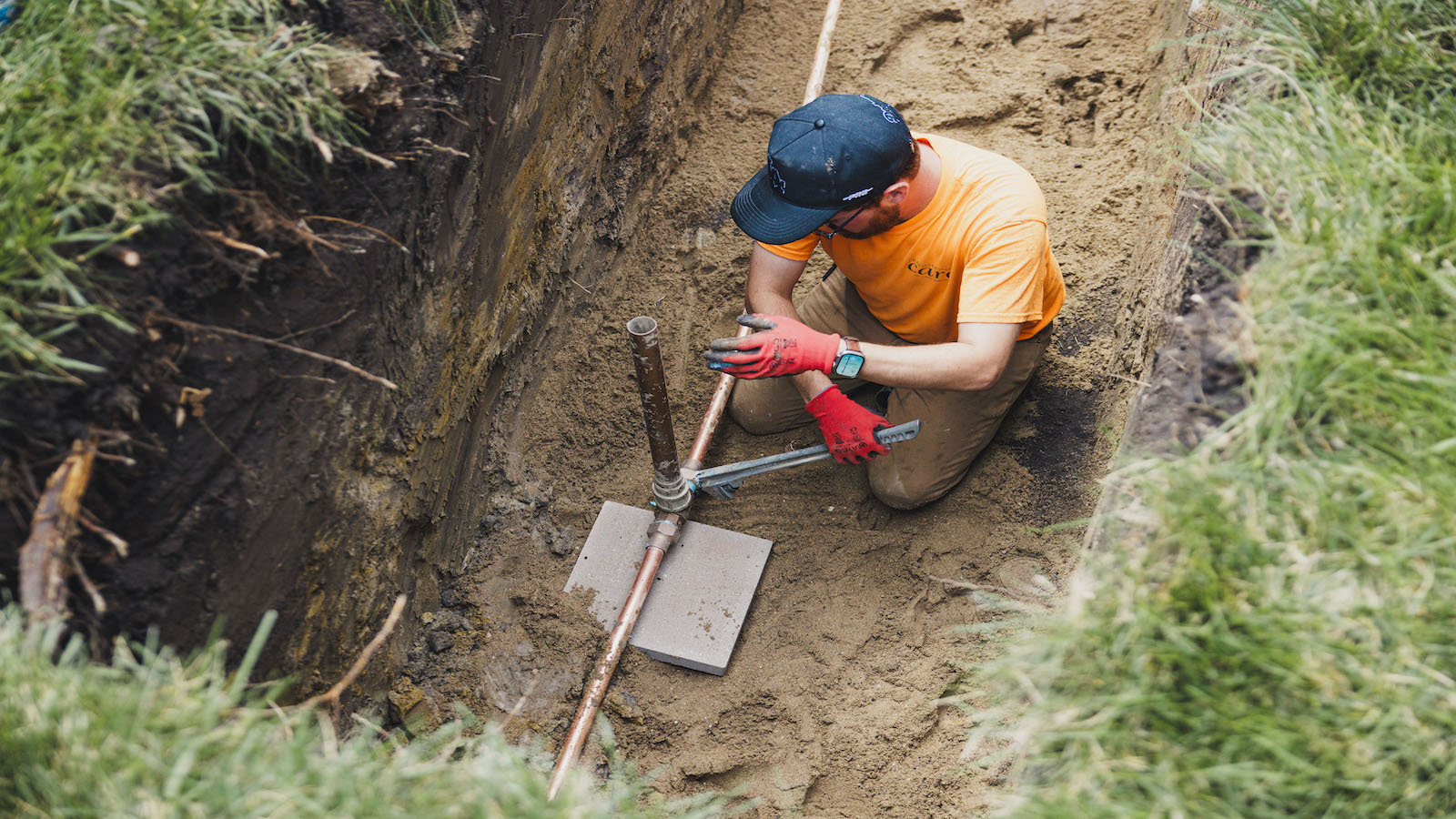Atmosphere, Vol. 16, Pages 1031: Magnetic Component Unmixing of a Lacustrine Sedimentary Drill Core from Heqing Basin
Atmosphere doi: 10.3390/atmos16091031
Authors:
Xu
Zhao
Long and continuous lacustrine sediments in Southwest China provide exceptional records of the Indian summer monsoon (ISM) evolution. Rock magnetic and environmental magnetic methods have significant roles in these lacustrine studies. However, lacustrine sedimentary environments are complex and magnetic mineral signatures can be altered by post-depositional processes. This study applies isothermal remanent magnetization (IRM) component unmixing methods to lacustrine sediments from the Heqing core, to identify and quantify magnetic mineral components. We analyzed 104 samples based on lithological variations and magnetic susceptibility (χ) to examine the composition of magnetic minerals and their relative contributions. Three distinct magnetic components were identified in IRM component unmixing results: a low-coercivity detrital component, a medium-coercivity authigenic component, and a hard magnetic component. Based on rock magnetic results, the medium-coercivity component was attributed to greigite. These components exhibit stratigraphic trends that reflect changes in paleoenvironmental conditions. The medium-coercivity component shows an upwards decrease, indicating a significant change in ISM science at about 1.8 Ma. The study highlights the importance of considering post-depositional processes when interpreting magnetic mineral signatures in lacustrine sediments. The CLG model, combined with conventional rock magnetic analyses, provides a rapid approach for characterizing magnetic assemblages in weakly magnetic sediments.
Source link
Xu www.mdpi.com


